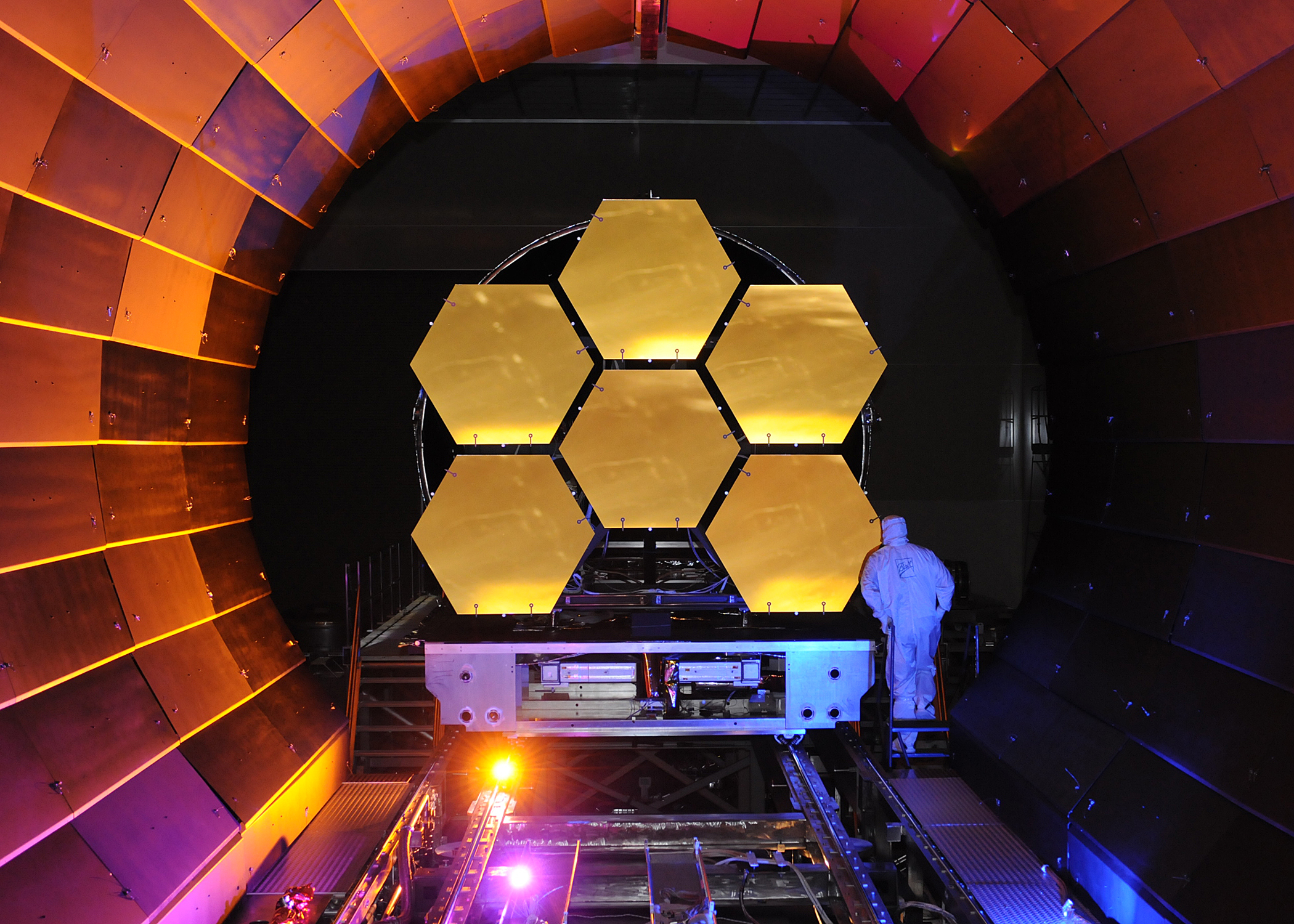A space telescope is a type of large observational Upper atmosphere-spacecraft that is used to observe objects in outer space. Space telescopes avoid many of the problems associated with ground-based observatories, such as bad weather and light pollution. Space Telescopes can also be categorized by what they look at. A space telescope is an instrument that orbits Earth above the atmosphere, unlike ground-based telescopes where images are blurred by the atmosphere. Space telescopes allow astronomers to take clearer images of faraway celestial objects as the instruments are not affected by atmospheric conditions.
Skywatchers and scientists alike are both celebrating the 25th anniversary of Hubble’s launch into orbit. The Hubble Space Telescope has helped us understand how stars are born, how galaxies evolve, and how our universe is expanding. Hubble has a diameter of 2.41 m, compared to Webb’s 6.5 m primary mirror. Its larger size will allow it to observe much fainter objects, and provide about 25 times the resolution of Hubble, with considerably enhanced spectroscopic capabilities.
James Webb Telescope
This Telescope (JWST), previously known as Next Generation Space Telescope (NGST) and then the Next Generation Space Surveillance Telescope (NGSST), is a planned space telescope. Its main objective will be to peer deeper into the universe with greater clarity than ever before. The telescope’s primary mission is to detect light from the stars and earlier galaxies that came into existence after the formation of universe, as well as look for possible signs of life on planets around other stars in the solar system. The James Webb Space Telescope is going to be the most beneficial and powerful telescope ever built. It is designed to look back in time to when the universe was only 500 million years old.
It is a joint project between NASA, the European Space Agency (ESA), and the Canadian Space Agency (CSA). The James Webb Space Telescope is the most modern and advanced version of the Hubble Space Telescope. It will be the most powerful space telescope ever built, able to see farther into deep space and further back in time than any telescope before it.
Modern telescopes are made up of two mirrors, an objective and a second smaller mirror. The larger objective is used to gather light that then bounces off of a smaller mirror and into your eye. This way you can see even more faraway objects than with only one eye. To observe space through modern day telescopes, large interferometers have been created that include many small telescopes working together as one giant telescope. A good example of such an interferometer is in use at Keck Observatory in Hawaii where they have 10 meter diameter primary mirrors. The next generation observatory planned for NASA’s Space Launch System will be able to see 13 billion light years away! That’s over 100 times farther than our current technology allows us to view! It’s name? The James Webb Telescope, named after NASA’s previous administrator who passed away before it was completed.
Hubble Telescope
The Hubble telescope is an optical observatory that was launched into Earth orbit in 1990’s and remains in working condition. The telescope is named after Edwin Hubble, who was an astronomer. The Hubble is also an outer space telescope. A 2.41 meter aperture telescope in low Earth orbit. Hubble’s revolve outside the Earth atmosphere allows it to make very sharp images with almost no background light. Hubble has taken some of the most precise visible-light pictures ever, making the view of the universe clearer. This telescope takes very clear pictures and views of outer space and even Earth’s atmosphere.
Hubble and James Webb are the two most powerful observatories in space. They are both famous for their ability to take clear images of outer space but they differ in many ways. The Hubble telescope gives a clear image of the universe but James Webb is the extreme modern version of it.
![]()
